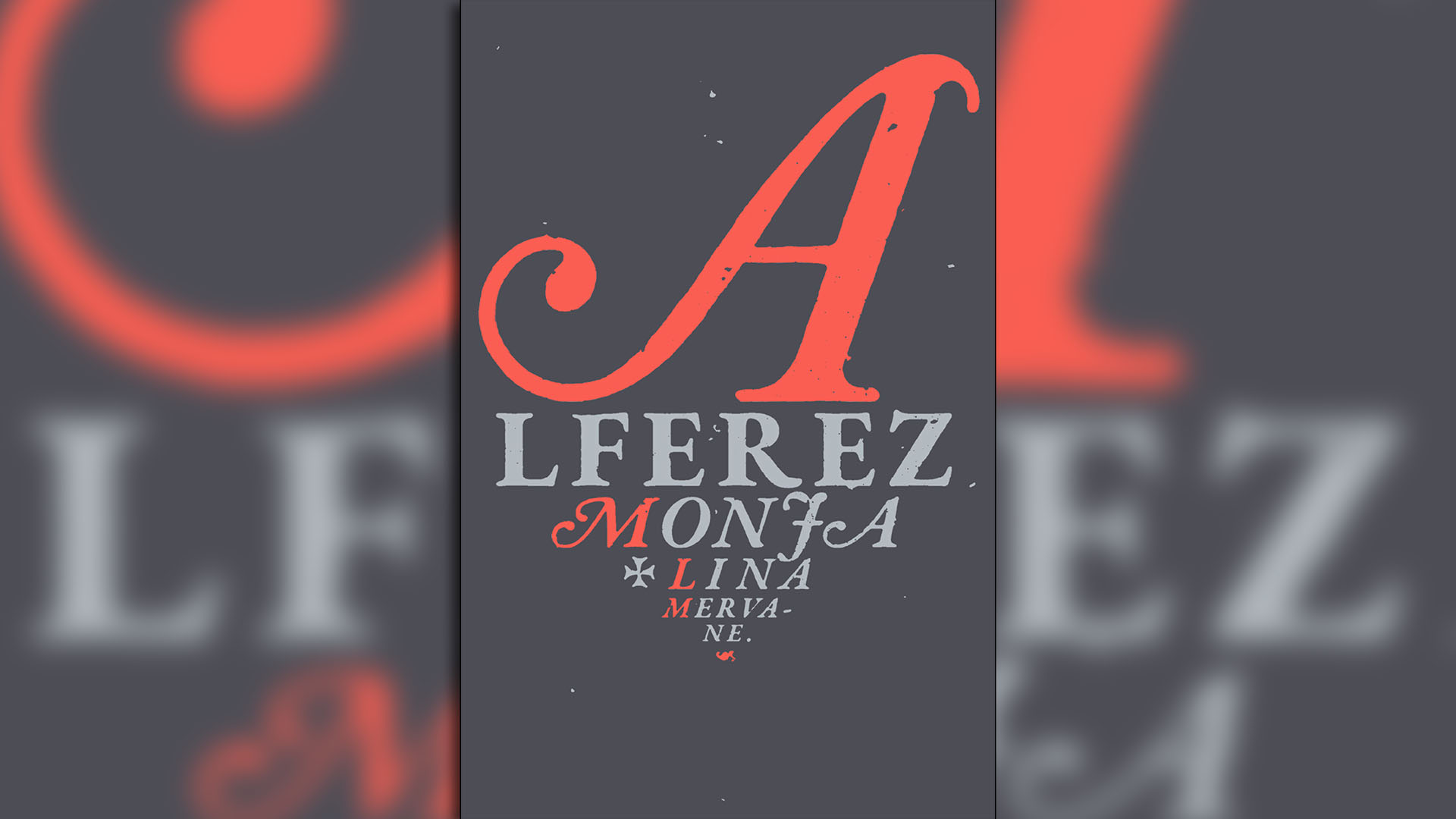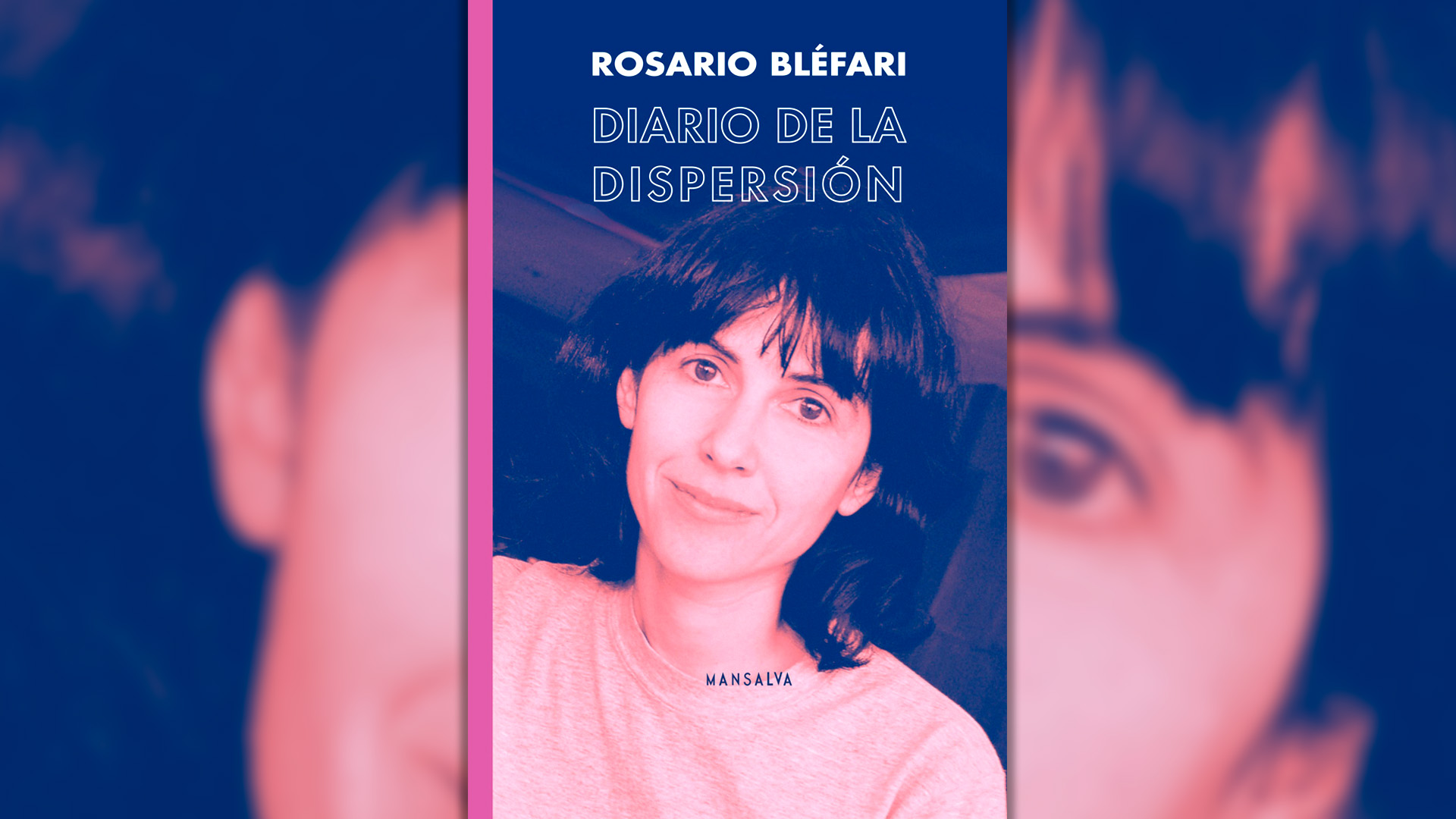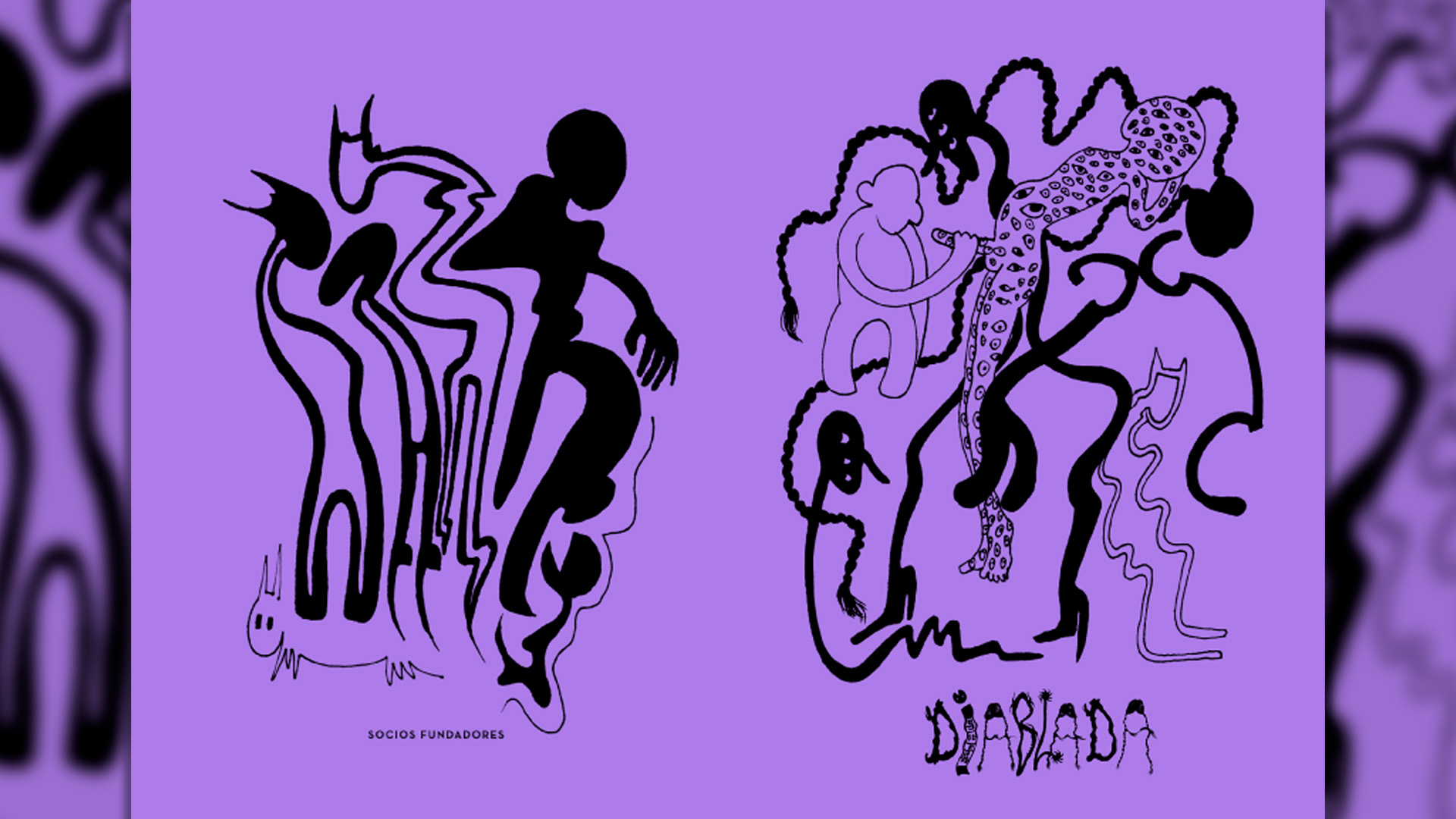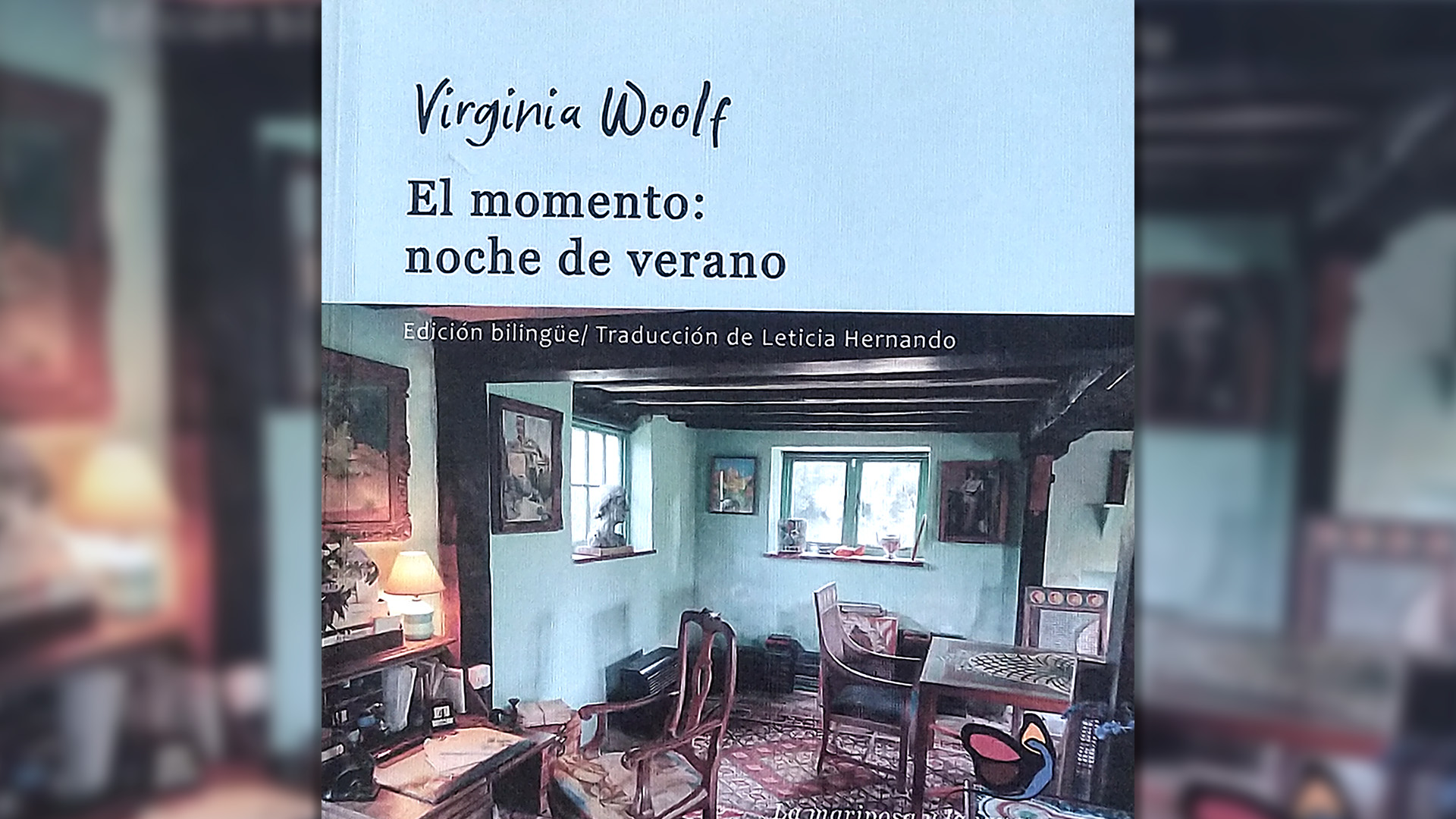The last weekend of the book Fair de Buenos Aires 2023. With a duration of almost three weeks, 1,500 exhibitors, more than 500 stands and four pavilions packed with offers and novelties, the most important cultural event in the country has never been easy to navigate.
Between the excess of options and the number of people, it is almost impossible to take advantage of everything it has to offer in a single visit and, many times, some of the most picturesque stands and their impeccable catalogs are relegated to the magnitude of the large publishing groups. , only for not being in the main and most accessible circuit of the Fair, the one whose rental prices are prohibitive for the smallest publishers.
That is why, for the last three days of the 47th edition of the Book Fair, we chose Five must-see titles from independent publishers, whose presence at the Fair continues to grow year after year, even when the economic context is less and less propitious for this type of project. And it is that its role, both in culture and in the Argentine publishing industry (which are two different things), is essential.
As the singer, songwriter, actress and writer explains Rosario Blefari in Scatter Diaryone of the jewels chosen from the list below: “They were of course special editions, as an independent edition should be, publications that embrace the risk and the charm of being something that others would not publish”.
Without further ado, five subjective recommendations to take away something different from the Book Fair: some monstrous tales from the late 90s, a testimonial novel from the 17th century about a nun who becomes a soldier, a diary for the nostalgic, a powerful first collection of poems and unmissable and an unpublished essay by Virginia Woolf.

While in the United States the orders for book censorship in schools and public libraries by mothers and fathers in a crusade against LGBT+ literatureit’s encouraging (and not just relieving) to see a book like My boyfriend is a leprechaun at the youth stand of one of the largest bookstores in the country as soon as you enter the Fair.
Those in charge of the arrival in the country of this book of stories by the American Lawrence Schimelpublished for the first time in 1997, there are three: on the one hand, the duo that runs the publishing house De Parado, Mariano Blatt and Fram Visconti; but also, no less important, Valentin Etchegaraythe poet in charge of translation who recently translated Evita’s Diaries of Madonna.
My boyfriend is a leprechaun It is the book I would have wanted to read at 15: one that, rather than trying to give static definitions of sexuality and identity, would provide a vanishing point, a glimpse into the immense range of diversity and rarity. In its almost 200 pages, there are elven drag queens, HIV-positive vampires, werewolf lesbians, queer witches, and all kinds of fantastic beings, both heroes and villains. What more could you want?
My boyfriend is a leprechaun of Lawrence Shimel it can be obtained at the Blatt & Rios Distribution stand (525, Blue Pavilion).

The life of Catherine of Erauso (1592-1650) is one of the most striking curiosities of the 17th century. Although she was born a woman, she defied the conceptions of the time and forged her own destiny. She went from being a young novice to having a high military position After escaping from the convent in which she had been locked up and, transvestite, she toured all of South America, killing dozens of men, including her own brother, and repeatedly escaping from hanging.
Published by Banda Propia Editoras, this book is the first-person narration that Catalina de Erauso made of her numerous lives, an autobiography that includes all the names she used and that, read today under the sieve of the new identity concepts, can be be interpreted as one of the first testimonies of a trans man.
In the prologue, the Chilean writer Lina Meruane defines this book as “the bringing to life of a self that is being secretly built against the biological premises of the body that touched him and the cultural norms of his time. Although the veracity of this testimony was repeatedly questioned, various pieces of evidence from the most diverse origins account for this “living miracle”, a curiosity that resonated both in Europe and America.
History of the nun lieutenant of erauso it can be obtained at the Big Sur booth (1814, Yellow Pavilion).

This is, without a doubt, one of the biggest and most pleasant surprises of the Book Fair in regards to small publishers. This is the second book published by the Mansalva publishing house by the writer, singer, actress and emblem of Argentine independent rock Rosario Blefari since his early death in 2020.
After the money diaryin which Bléfari showed his relationship with the daily economy under the nuance of his characteristic sensitivity, this time comes his Scatter Diarya true jewel in which the protagonist of Silvia Prieto allows readers to peek behind the scenes of her creative process.
For those who followed the prolific and diverse career of Bléfari -who led bands like Suarez and Sue Mon Mont and published books like The meetings and Poems from the 20’s in the 80’s-, this new work will not only cause nostalgia (and more than one tear), but also an irrepressible desire to create. With the contagious effect of his art, Bléfari is the patron saint of the non-virtuous: a woman who showed that it is not necessary to tune to sing well or be an excellent prose writer to move.
He writes in one of the last entries: “I’m sorry I haven’t been here longer. I enjoy every moment. (…) The sun enters the house and promises one more day. Let’s go for another day!”
Scatter Diary of Rosario Blefari it can be obtained at the stand of The Amazing World (427, Blue Pavilion).

Although his poems take on a whole other dimension when he recites them, it is enough to just read the beginning of devilishof Lucas Olarte, to be carried away by his musicality. And I don’t say “get carried away” like someone who does the plank in a heated pool, but rather like someone who has been knocked over by a wave and desperately wants to surface while a current engulfs him and drags him to the bottom.
Edited by Founding Members and with a cover and drawings by The Chola Poblete, devilish stands up, rhythmic and irreverent, as a daring alternative to the rigid and boring tyranny of literalism and manifestos. In my case, the poetry of “Luki la Puti”, as Olarte is known, was love at first listen. His poems are tied with precise knots to orality, to the music that springs up when the scaffolding of the tongue creaks. The curious can go to Puticlú (Marcelo T. de Alvear 980), the bar that the poet runs together with his boyfriend, where readings are usually held with the best of today’s effervescent poetry scene.
devilish of Lucas Olarte it can be obtained at the Blatt & Rios Distribution stand (525, Blue Pavilion).

Of all of them, this is perhaps the biggest gem and also the most hidden. This test of Virginia Woolfuntil now unpublished in Argentina, it is a rescue by the publishing house La mariposa y la iguana, which had already published The mark on the wall and other stories from the author of Orlando and Mrs. Dalloway.
Translated by Leticia Hernando for this bilingual edition, those in charge of the editorial –Daphne Pidemunt and Hernando herself – manually make copies of The moment: summer night in his home workshop. They arrived at the Book Fair with 40, which quickly fizzled out, and continue to make more copies to meet demand where possible. Between paper crisisinflation and the high costs of renting space at the Fair, editing independently is increasingly difficult in Argentina, but projects like this show that there are other possible dynamics.
“What is the present moment made up of? Woolf wonders. “Yes, young man, the future overlaps the present like a sliver of glass, making it tremble and shudder. If you are in old age, the past rests on the present like a thin glass, causing it to waver and become distorted. Anyway, everyone seems to believe that the present is one thing, and looks for the different elements of the situation, in order to compose its truth, its totality.
The moment: summer night of Virginia Woolf You can get to the stand of Un cuarto inpropio (1401, Pabellón Amarillo).
Keep reading:

